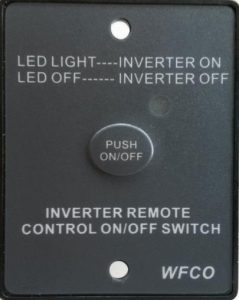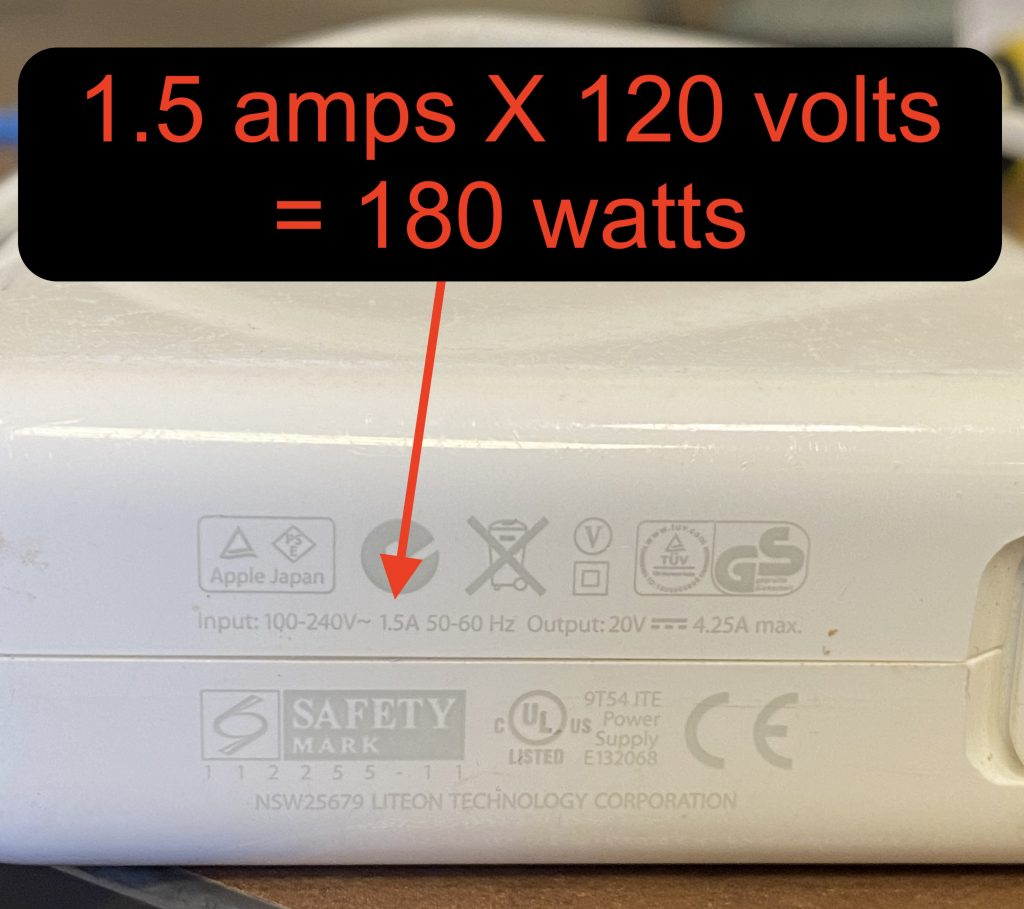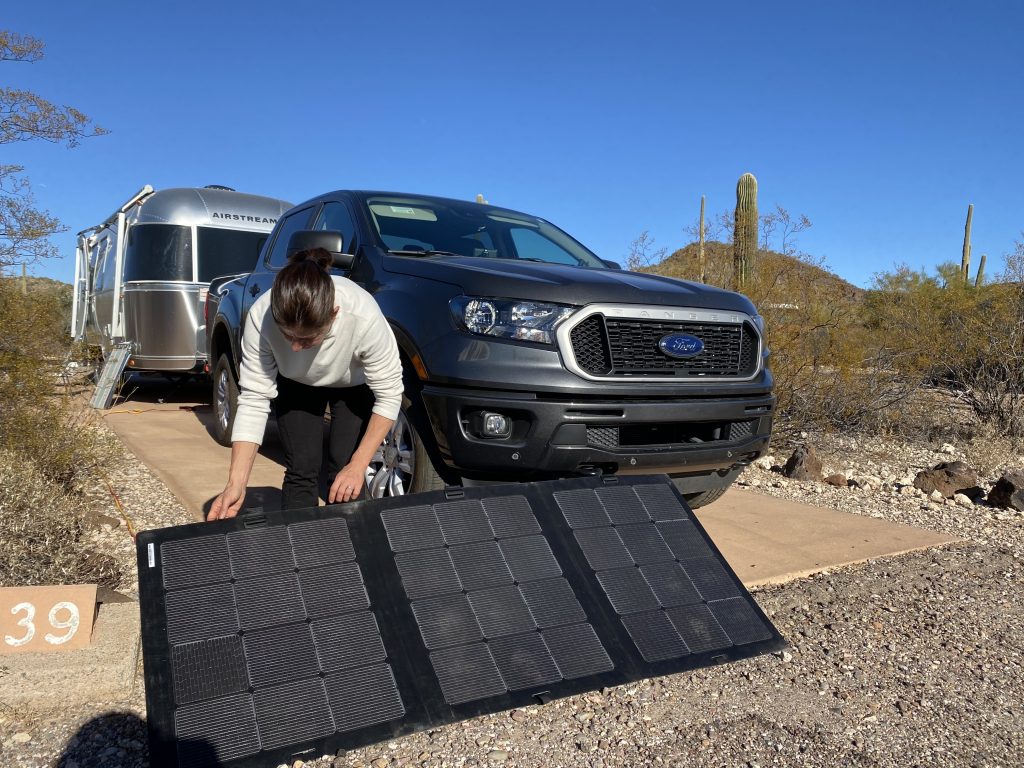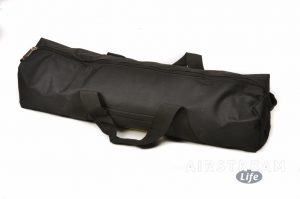Back in February, we shot a video about the tools we carry on long trips, and exactly why they’re essential. (You can read the blog and see the video here.)
This week we’re following up with a discussion of the spare parts, tapes, and lubricants that we also bring on every trip. In the course of shooting this 23-minute video we came up with 21 separate tips for you, so it’s probably worth your while to watch the whole thing.
If you prefer to read the Cliff’s Notes version, here’s the summary of the tips:
- Choose spare parts based on your travel style & abilities
- Carry spares of cheap consumables like grease
- Bring spares that are hard to obtain on the road
- Tapes: Teflon, butyl, electrical, silicone, masking, body
- Threadlocker: great for screws that keep backing out
- Consider bringing spares of “dumb but essential” parts
- Light, small, handy items like zip ties and storage bags
- Gloves! Mechanics and vinyl
- Spare propane hoses and tools needed to change them
- Lubricants: silicone spray, Boeshield T9, grease, etc
- Little items: drain plug, fuses, latches, rivets
- Hensley owners: get the spare parts kit
- If you might replace the drain plug: 15/16″ socket
- Your Fantastic Vent and power hitch jack may need a glass fuse!
- Extra #8 wood screws for furniture
- Replacement refrigerator bulb
- “Travel size” containers of glue, lube, cleaner, etc
- De-Oxit and burnishing tool for electrical connections
- Organize your supplies into kits
- Pre-made kits available in the Airstream Life Store
- “Free-flowing” Y connector for big rallies




 The other day I heard about an educational seminar on the topic of solar power for Airstreams and decided to take a look. What I saw horrified me: the presenter turned this simple topic into an engineering class that would intimidate all but the geekiest among us. Imagine densely-packed slides full of numbers and technical terms.
The other day I heard about an educational seminar on the topic of solar power for Airstreams and decided to take a look. What I saw horrified me: the presenter turned this simple topic into an engineering class that would intimidate all but the geekiest among us. Imagine densely-packed slides full of numbers and technical terms. “Should I get solar or a generator?”
“Should I get solar or a generator?”


 A flat tire can do lot more damage to your trailer than you might think. It doesn’t just go flub-flub-flub as you come to a stop. Often you’ll have no idea that you’ve had a flat because it’s way back there on the trailer as it starts to shred. It rips up your Airstream, destroys the wheel, creates a hazard on the road, and it leaves you with a thousand dollars of damage that could’ve been prevented.
A flat tire can do lot more damage to your trailer than you might think. It doesn’t just go flub-flub-flub as you come to a stop. Often you’ll have no idea that you’ve had a flat because it’s way back there on the trailer as it starts to shred. It rips up your Airstream, destroys the wheel, creates a hazard on the road, and it leaves you with a thousand dollars of damage that could’ve been prevented. You can get drinking water hoses everywhere, and they’re usually pretty cheap—about $30. But the ones the RV industry pushes are really pretty bad. They kink, they have thin fittings that bend and leak after a year or so, and they fail regularly. Don’t even think of letting it freeze or get run over by a truck while it’s pressurized; the hose will burst. For these reasons, many people end up buying a new hose every year or so, which is not a good deal in the long run.
You can get drinking water hoses everywhere, and they’re usually pretty cheap—about $30. But the ones the RV industry pushes are really pretty bad. They kink, they have thin fittings that bend and leak after a year or so, and they fail regularly. Don’t even think of letting it freeze or get run over by a truck while it’s pressurized; the hose will burst. For these reasons, many people end up buying a new hose every year or so, which is not a good deal in the long run.